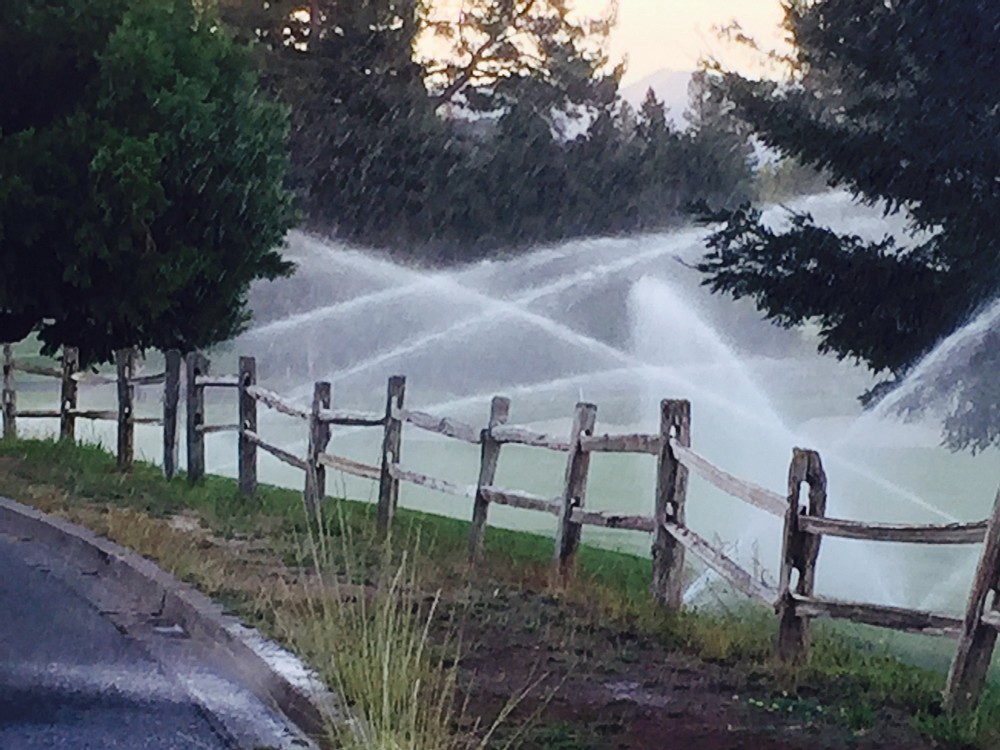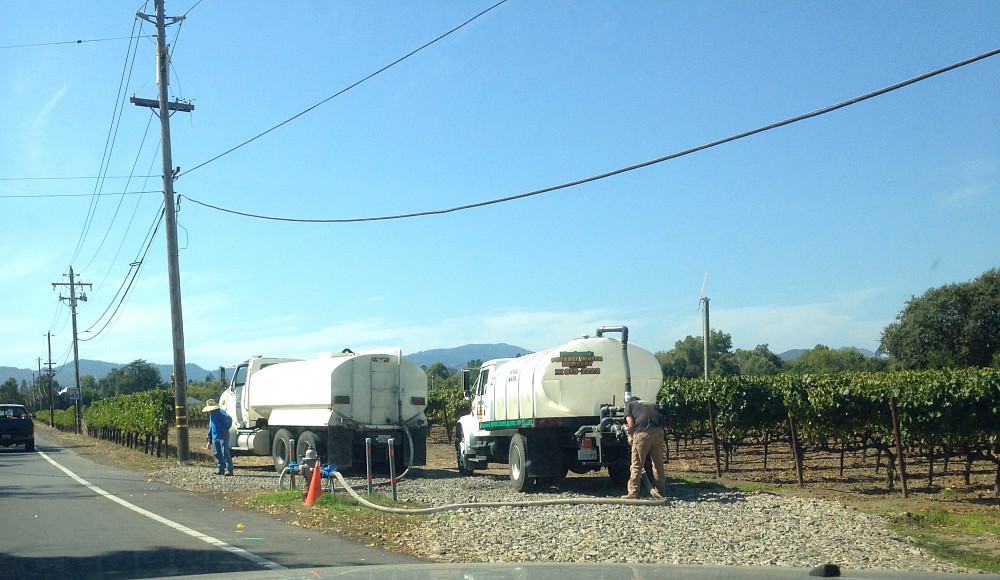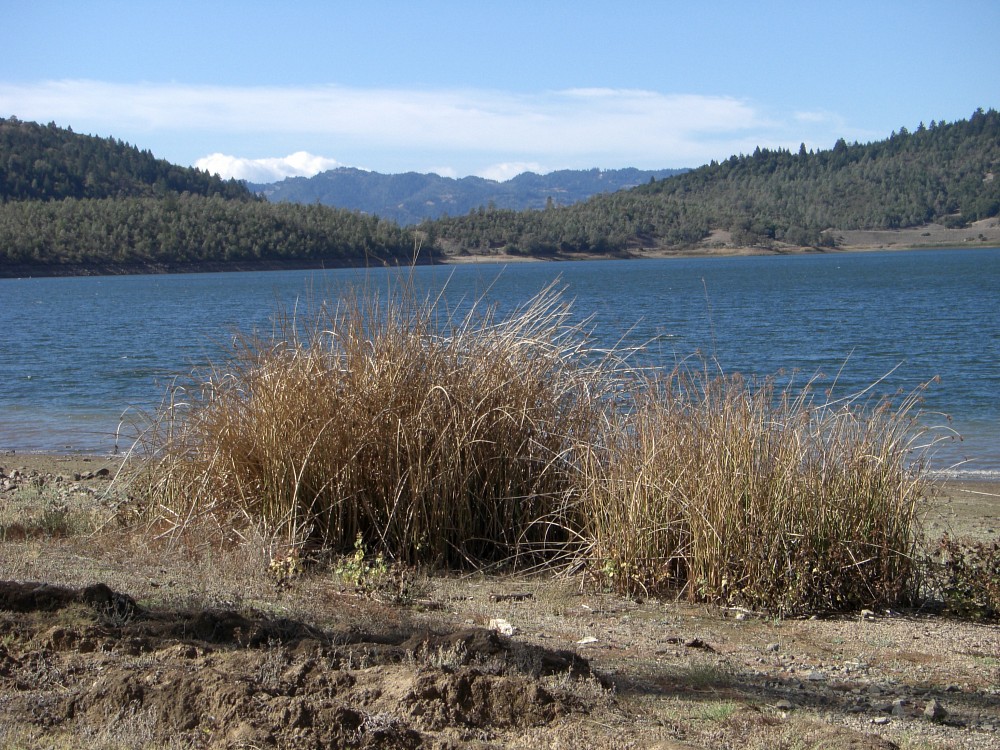To Promote the Health, Welfare and Safety of our Communities by Advocating for Responsible Planning
to Insure Sustainability of the Finite Resources of Napa County.

Protect the Commons
The Tragedy of the Commons exists when parties act in their own self-interest to extract more from the environment than can be sustained. All then suffer.
|
The Napa River and the Napa Watersheds
The Napa River and the Napa Watersheds are our life-blood: they provide clean water for our life and livelihood. Napa Vision 2050 is fighting to insure the quality of our water and air supplies: we are concerned about over-development, particularly in the hillside watersheds, and the results of over-tourism that brings millions of visitors to impact our air, water and traffic.
The cities of Napa and St. Helena have taken a position that the land-use controls in the watersheds be strengthened to insure water quality and supply. The county has not acted to do so therefore citizens have worked to draft an ballot initiative to protect the important watersheds. |
Our Air
 Father and son riding into a cloud of Quarry Dust at Kennedy Park We don't normally think about the air we breathe but we should. Every car and truck emits a trail of green house gasses (GHG) which has an impact on the environment. With over 3.5 million visitors annually and daily commuter traffic, that's lot of GHG.
Additionally we need to be concerned about carcinogenic emissions from diesel engines and respirable crystalline silica particles from industrial operations. (See more under Our Health below) |
Our Habitat
Ever increasing deforestation for vineyard development with the attendant "deer fences" decreases the natural habitat for the animals that live in this biota. |
Our Health
Amid reports about arsenic and glyphosate in our foods and wines and data on high cancer rates in Napa County, we decided to form a sub-group, the Community Health Committee. The group is exploring four key questions:- How Green is Green? There are several programs in Napa County that guide and certify the Green status of buildings, land and wineries. We will gather data on their programs and see if there are any gaps and/or improvements for which we can advocate.
- Does Poor have to equal Poor Health? Often people who live in poor neighborhoods have the poorest health. We will explore the factors here in Napa and what programs and efforts we can get behind ( or start) to help improve our neighbors' health.
- How low can we go? Toxicity that is. We know that chemicals have a place in Integrated Pest Management (IPM) and household usage, but are we monitoring and using the least toxic products available? We will research those toxics most commonly used in Napa and see what programs and alternatives can be tested and promoted.
- Can we do a better job protecting our children? Data shows that Napa has one of the highest incidences of childhood cancer in the state. We will research the possible causes and review the programs that protect our children's health to see what we can do to improve the situation in Napa County.
|
Conservation
 Early morning deluge at Silverado golf course. Especially in the fourth drought year we must all join together to conserve our finite ground water and State water supplies.
Some but not all golf courses have opted to pay to be connected to recycled water pipelines. |
Sustainability
 Water trucks filling up with Napa city water for delivery into the county Each residential, vineyard and winery development should be sustainable. However, we see an ever increasing number of water delivery trucks taking water from the city's hydrants for delivery into the county. |
Water Purity
 Lake Hennesey, Napa's main water reservoir Run off from hillsides can add fertilizer, pesticides and sediment to water supplies.
In September the City of Napa Water Division mailed notifications to customers in downtown, Browns Valley and the northwestern area around Alston Park. The letters inform residents that the average levels in the past year of trihalomethanes (THMs)– produced by the reaction between carbon from organic matter washed into the water supply and the chlorine used to kill microbes — have been higher than allowed by federal law.
Residents in American Canyon have reported off-odds in their water from the North Bay Aqueduct (State Water Supply).
In Calistoga certain minerals from geyser-water are difficult to remove by the water treatment plant and can be discharged into the Napa River.
|
